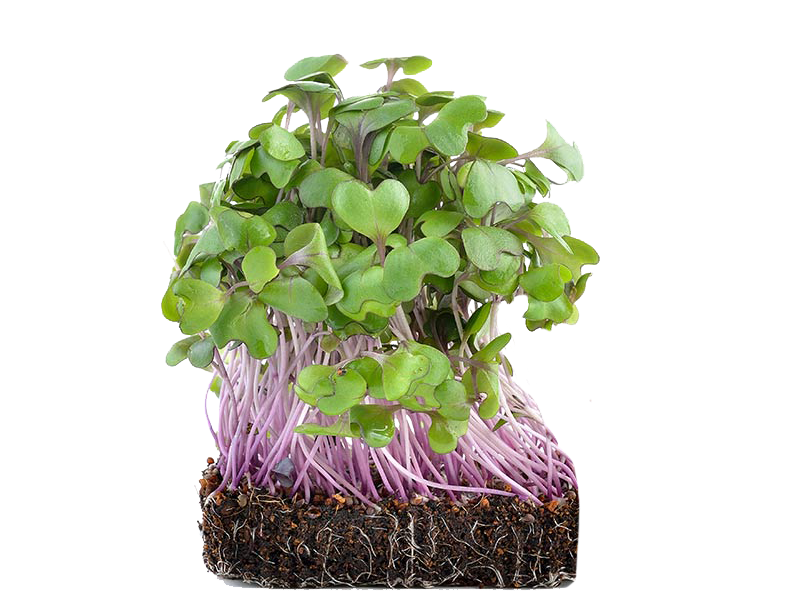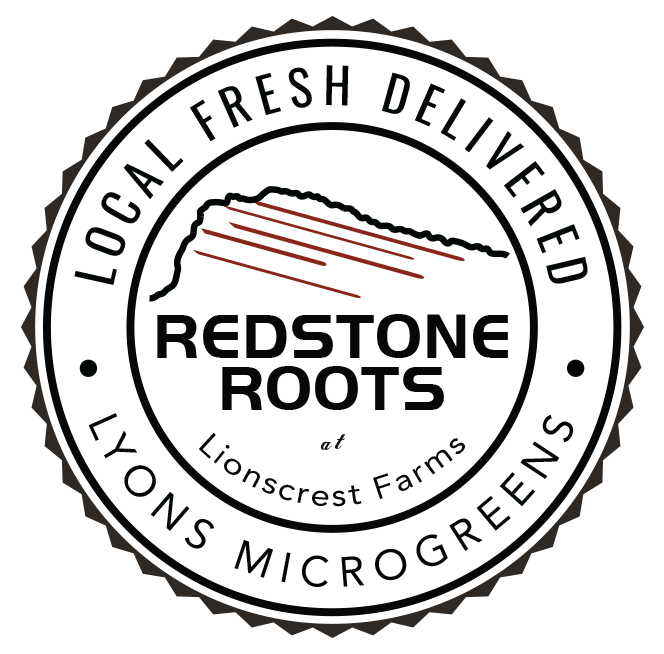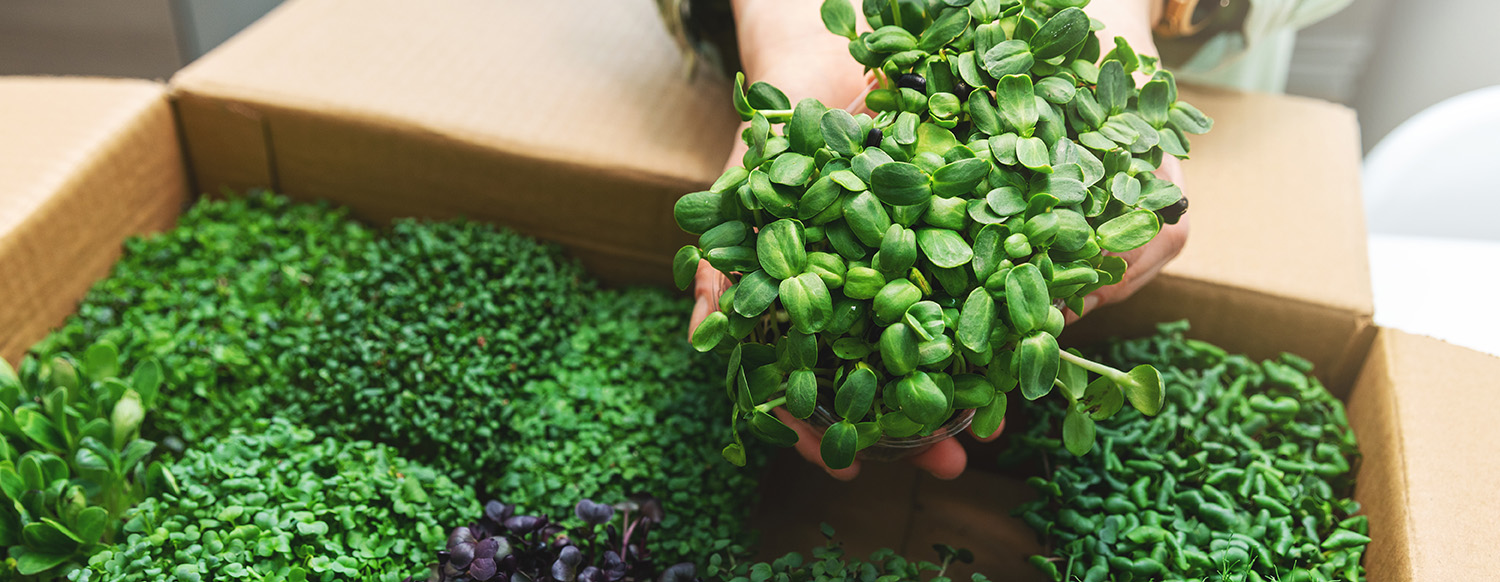
What exactly are microgreens?
To understand microgreens, it’s helpful to first understand sprouts.
Simply put, both sprouts and microgreens are baby plants. However, they differ in the way they’re grown, the way they taste, and in their nutritional content.
Sprouts are the first phase of the plant's life cycle and are barely germinated seeds that have grown in water for 2-5 days. They are usually only a couple inches long, don’t yet have real leaves, and you can eat the entire sprout from seed to root to stem. They’re typically pale in color and have not gone through photosynthesis meaning they have no green chlorophyll.
Microgreens are the second phase of a plants development. This phases tends to take place around the first and second week of a plants life cycle. This phase is when the key nutrients, minerals, vitamins, and antioxidants are at their highest levels.
These Microgreens are varied in height depending on the variety but tend to run 4 to 6 inches. They are grown in a base substrate such as coconut fiber. They have gone through their first phase of photosynthesis and therefore take on rich colors and leaves. Harvest is as simple as cut and eat.
Microgreens are more than just garnish. They are rich in vitamins, minerals, enzymes, antioxidants, and are roughly 40 times richer in nutritional value compared to their adult plant counterpart. For tiny guys they sure pack a well rounded punch!





